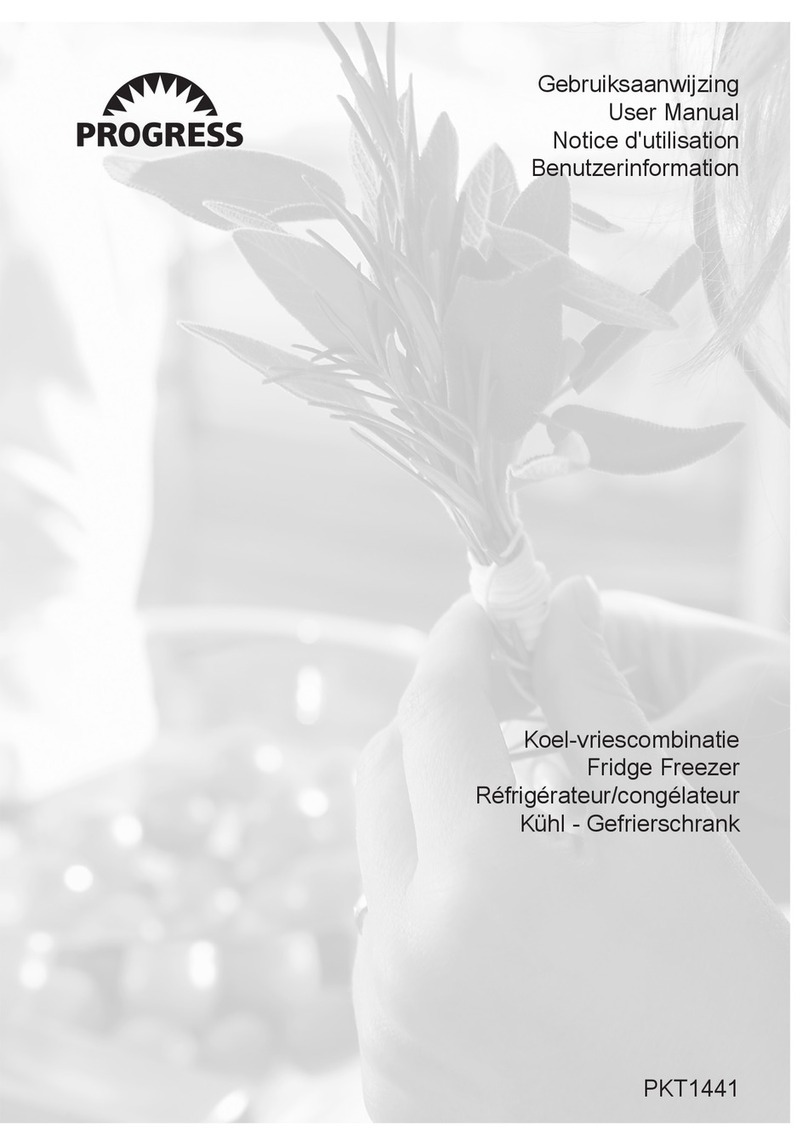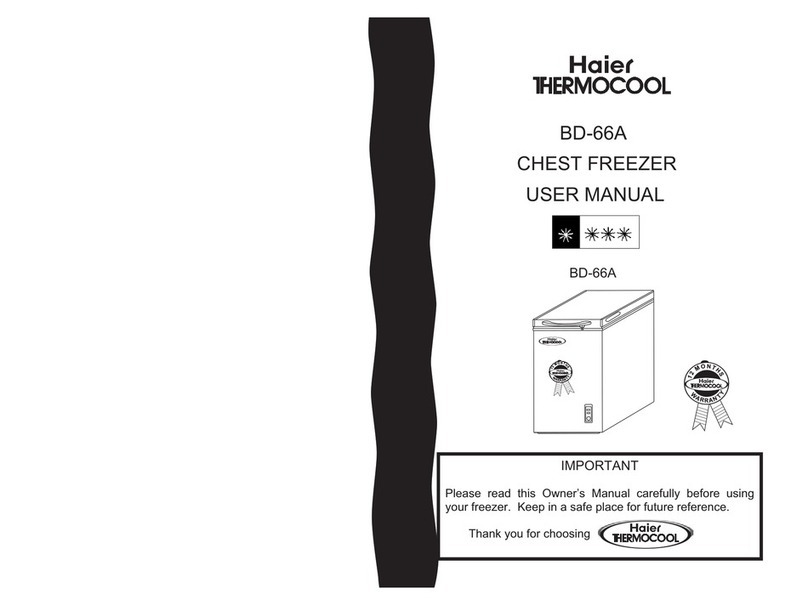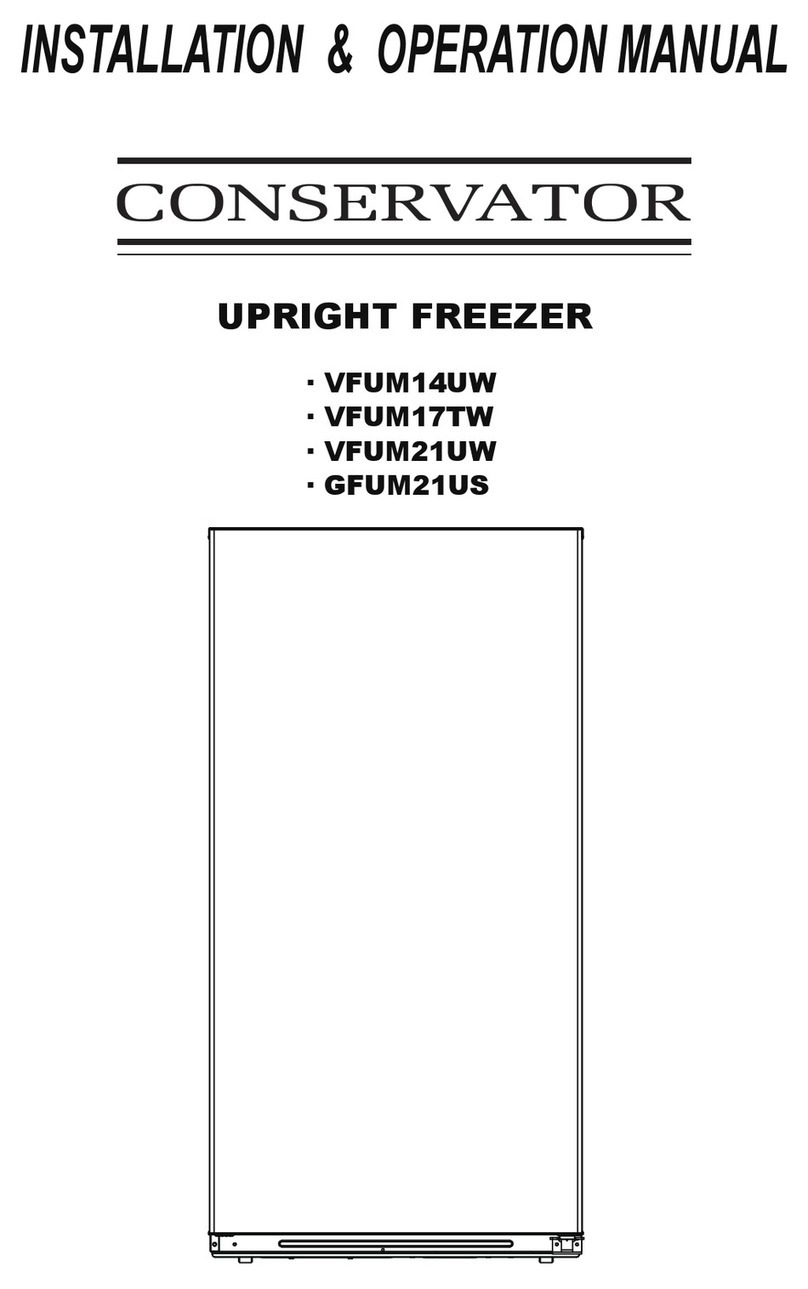STATESMAN TF170LWE User manual




















Table of contents
Other STATESMAN Freezer manuals
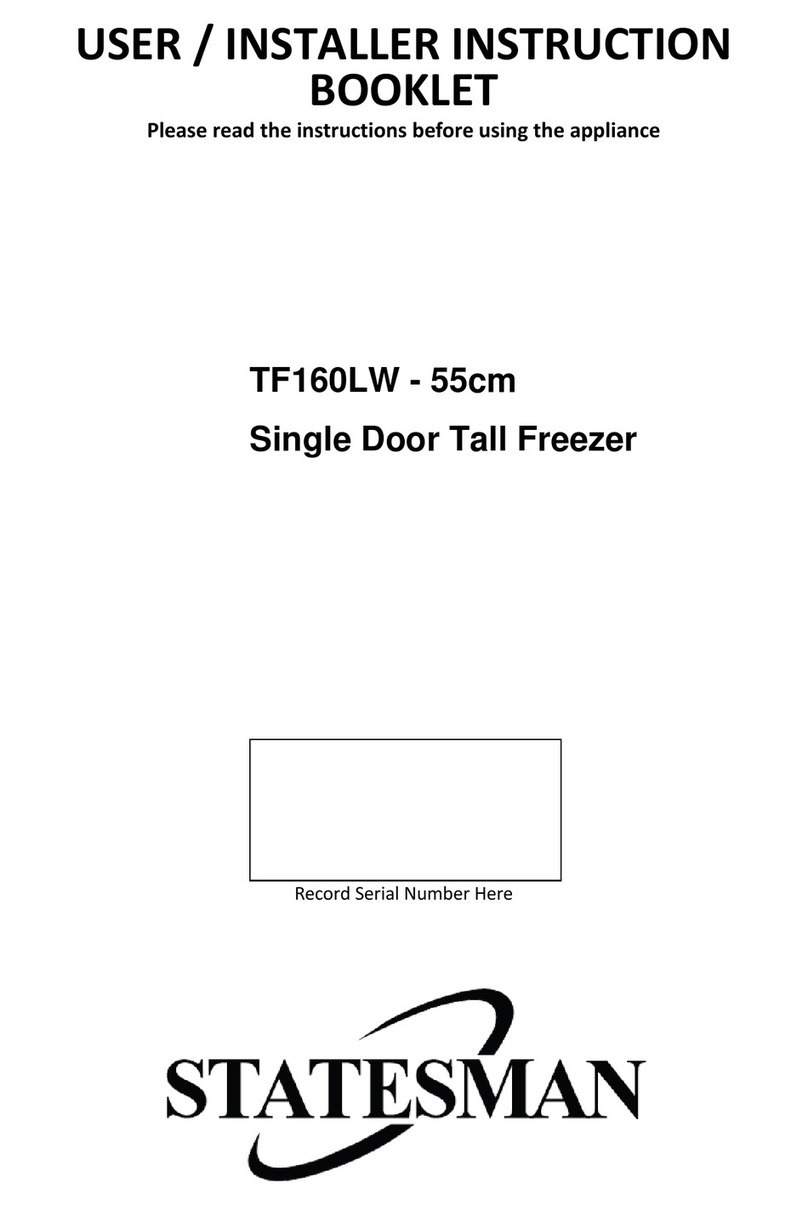
STATESMAN
STATESMAN TF160LW User manual

STATESMAN
STATESMAN LF1355W User manual

STATESMAN
STATESMAN BU60FZ4 User manual

STATESMAN
STATESMAN CHF102 User manual

STATESMAN
STATESMAN SBS177X User manual

STATESMAN
STATESMAN F1654APWE User manual
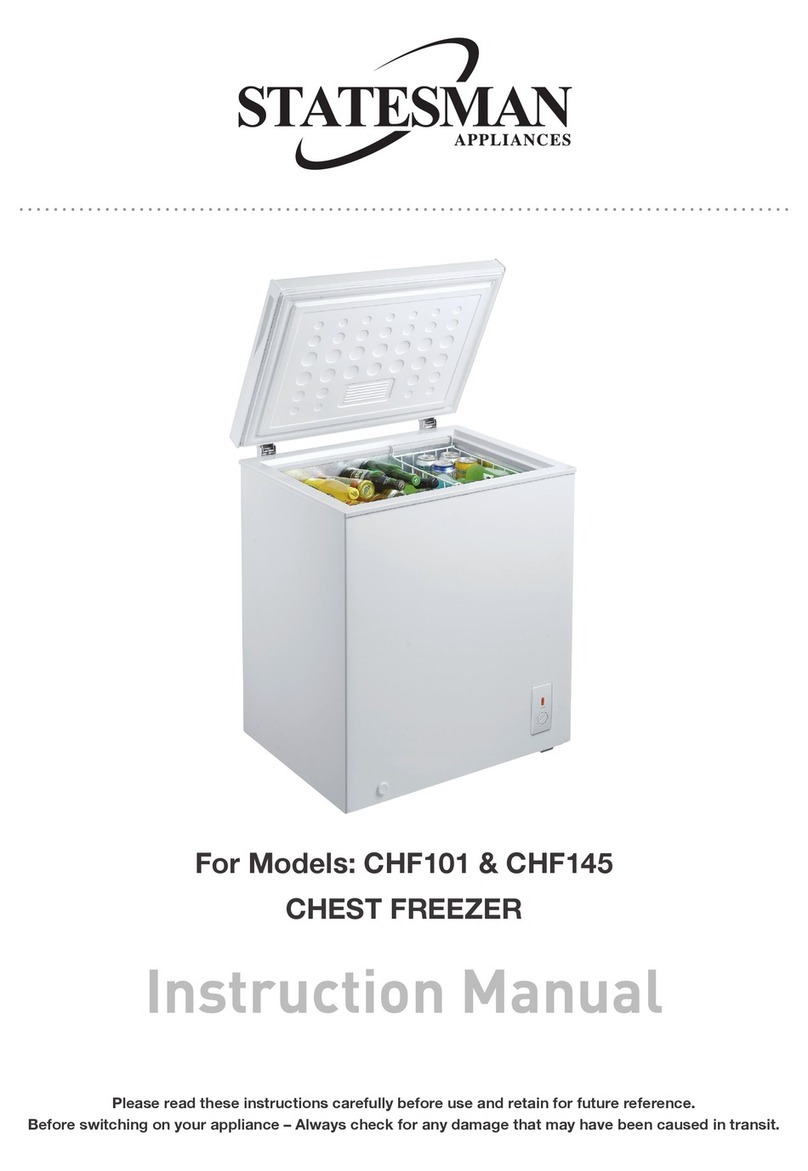
STATESMAN
STATESMAN CHF101 User manual
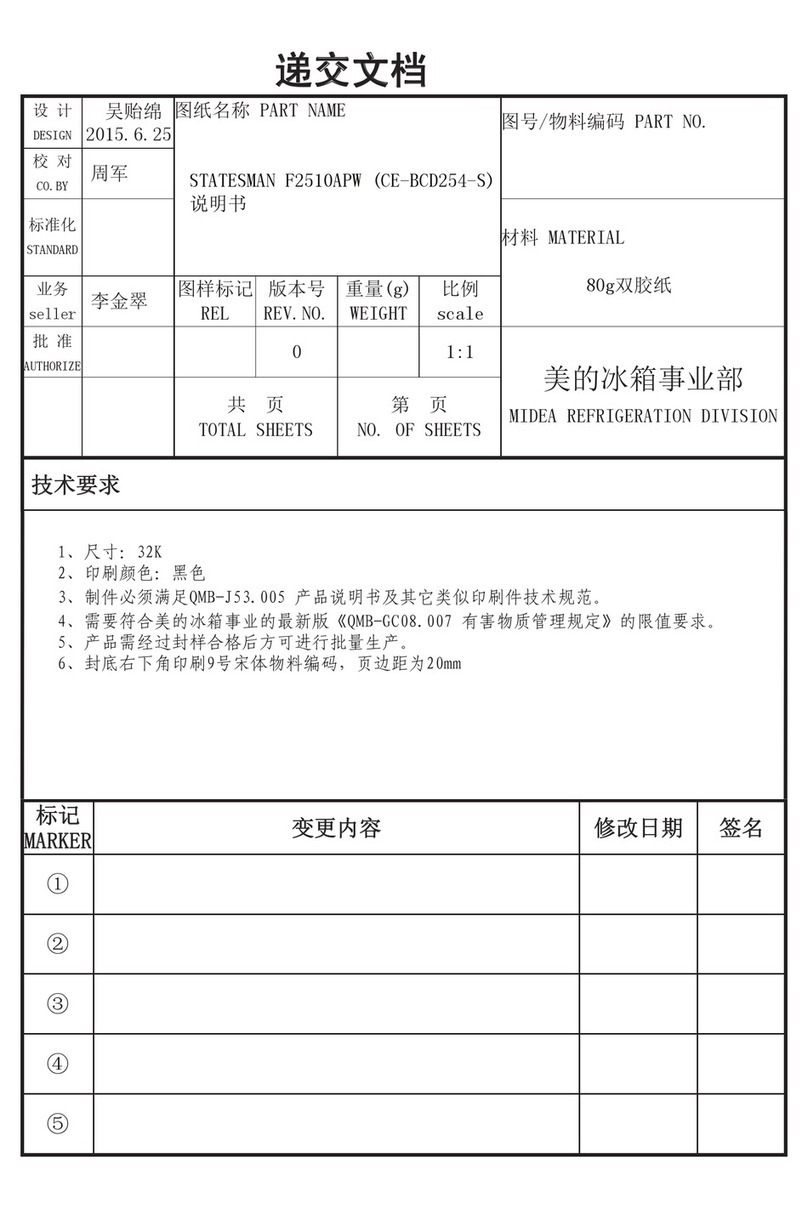
STATESMAN
STATESMAN F2510APW User manual

STATESMAN
STATESMAN BIC5050S User manual

STATESMAN
STATESMAN TF160LWE User manual
Popular Freezer manuals by other brands

inventum
inventum VR1720W instruction manual

ROBINHOOD
ROBINHOOD RHVFF332X Installation and operating instructions
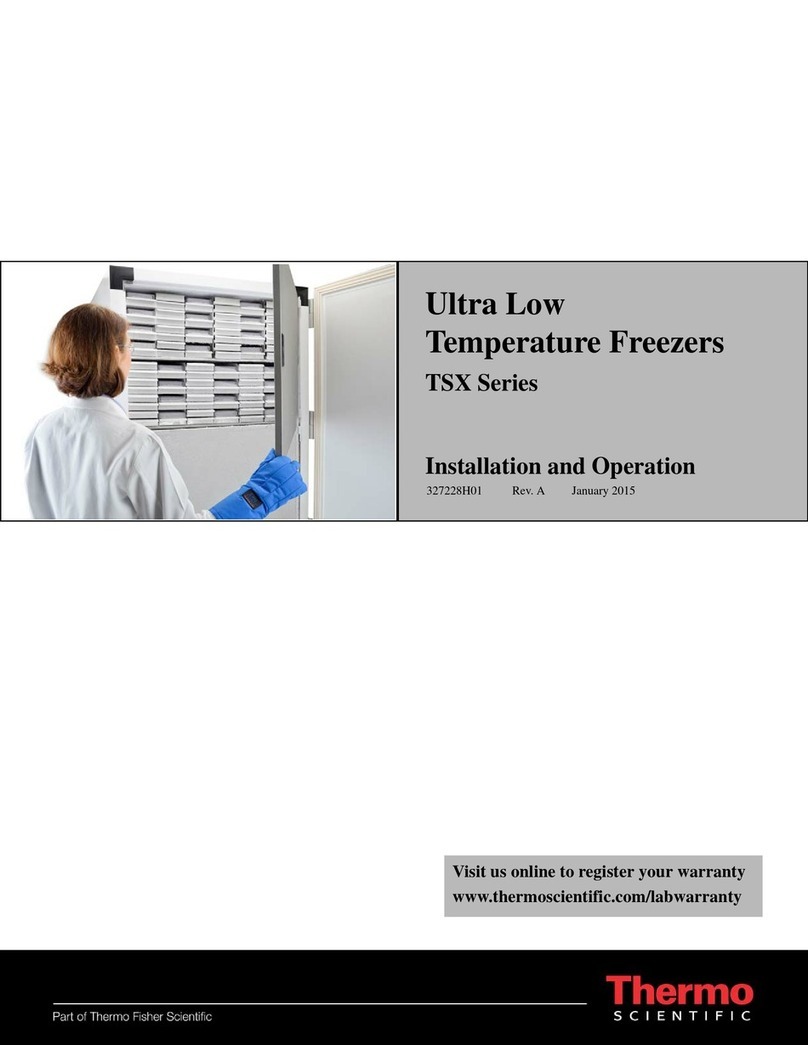
Thermo Scientific
Thermo Scientific TSX Series Installation and operation

Hisense
Hisense FUV124D4AW1 User's operation manual

Silver King
Silver King SKFI15-EL Technical manual and replacement parts list

Zanussi
Zanussi ZFT11101WA user manual

Vollrath
Vollrath STOELTING Flavor Burst STL-80BLD-DLX Operator's manual

Miele
Miele F 123 Ui-2 Operating and installation instructions

Traulsen
Traulsen AIF132LUT-FHS Specification sheet
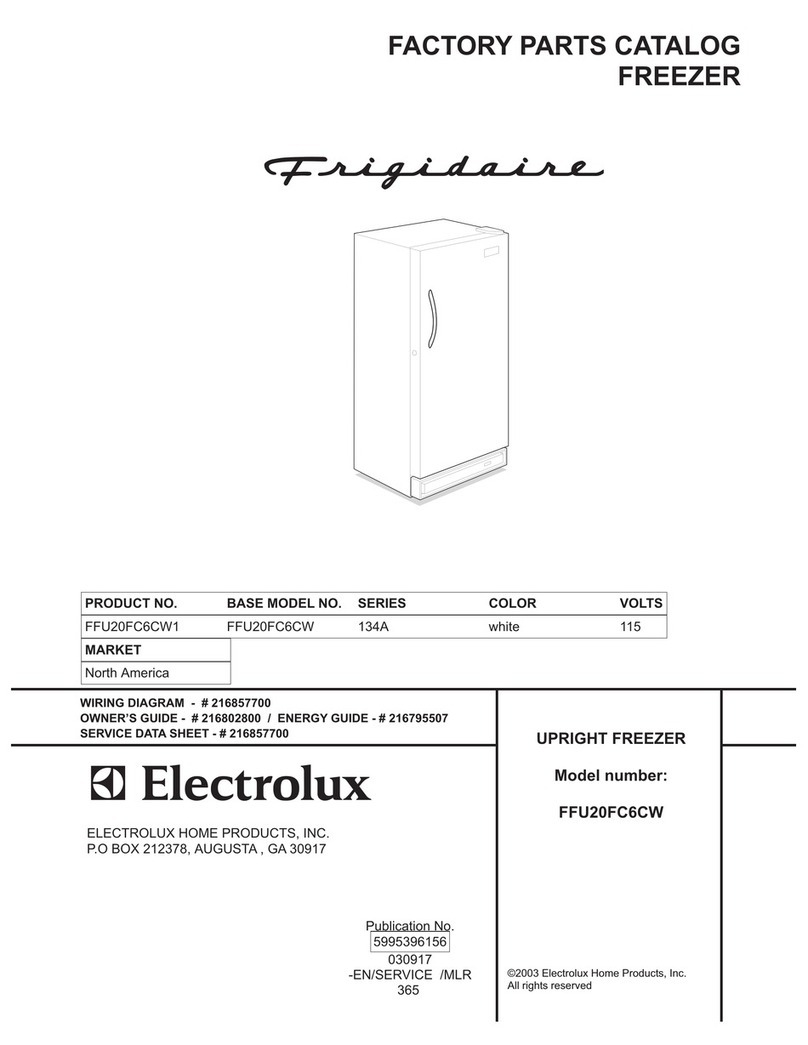
Frigidaire
Frigidaire FFU20FC6CW Factory parts catalog
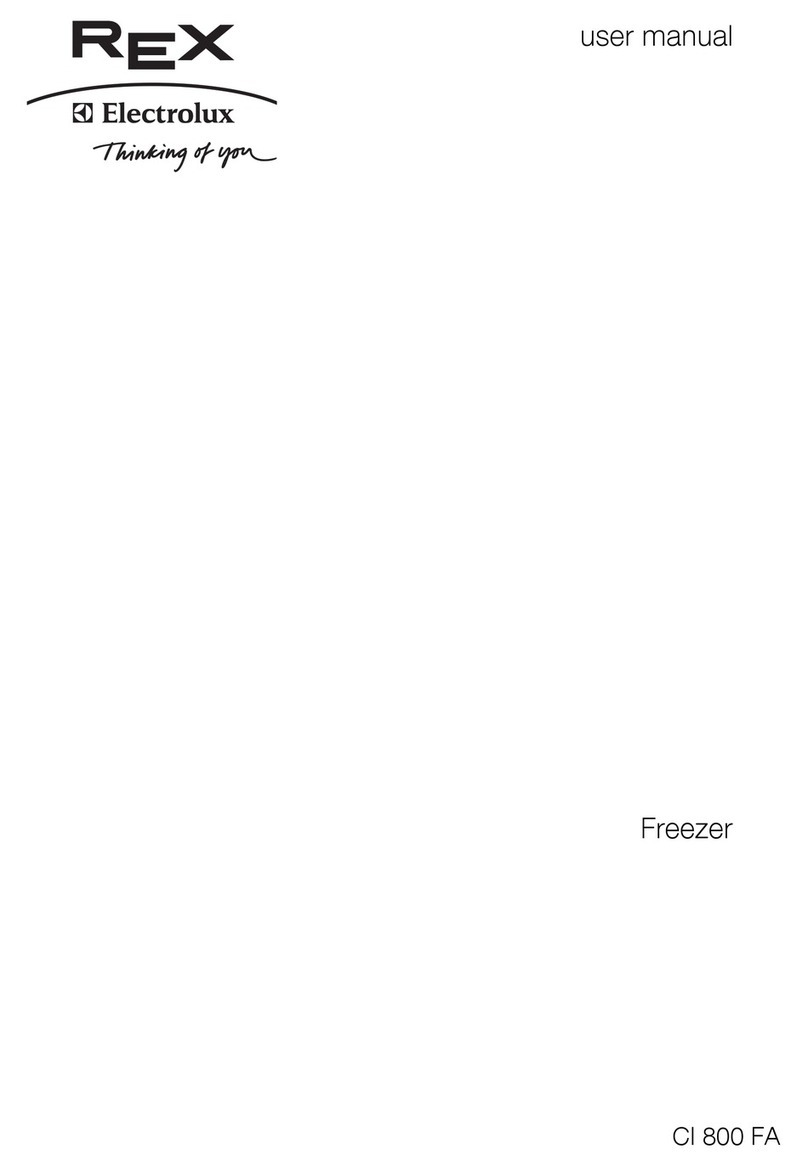
Electrolux
Electrolux CI 800 FA user manual

Zanussi
Zanussi ZUT 113S Instruction book



